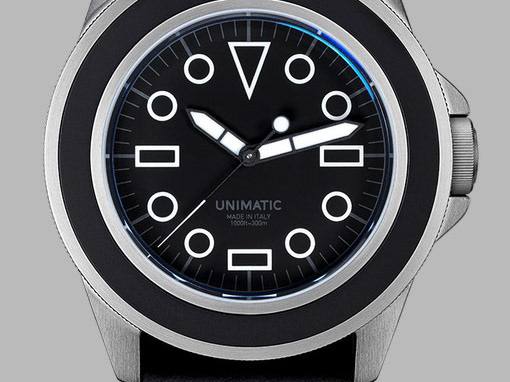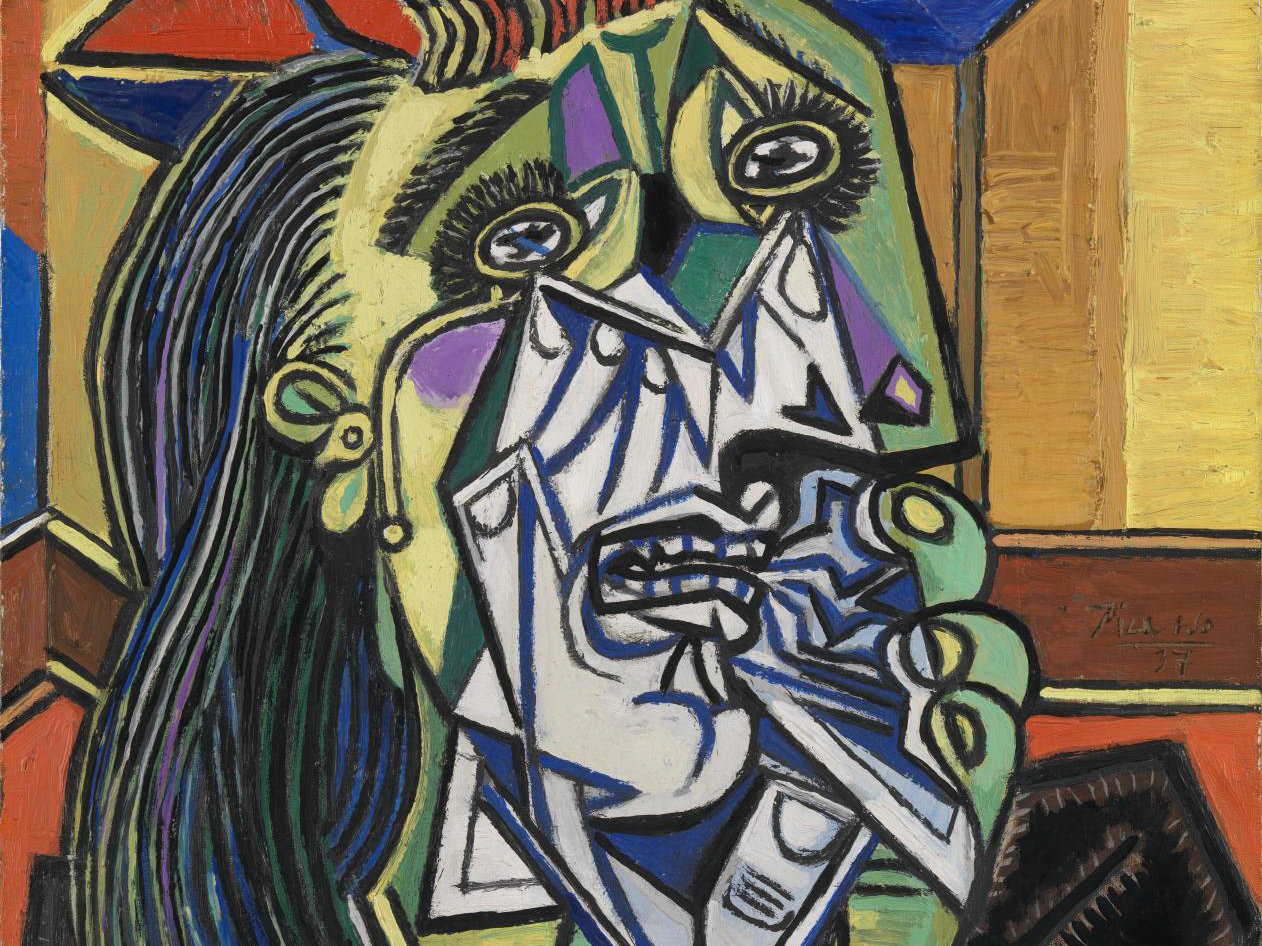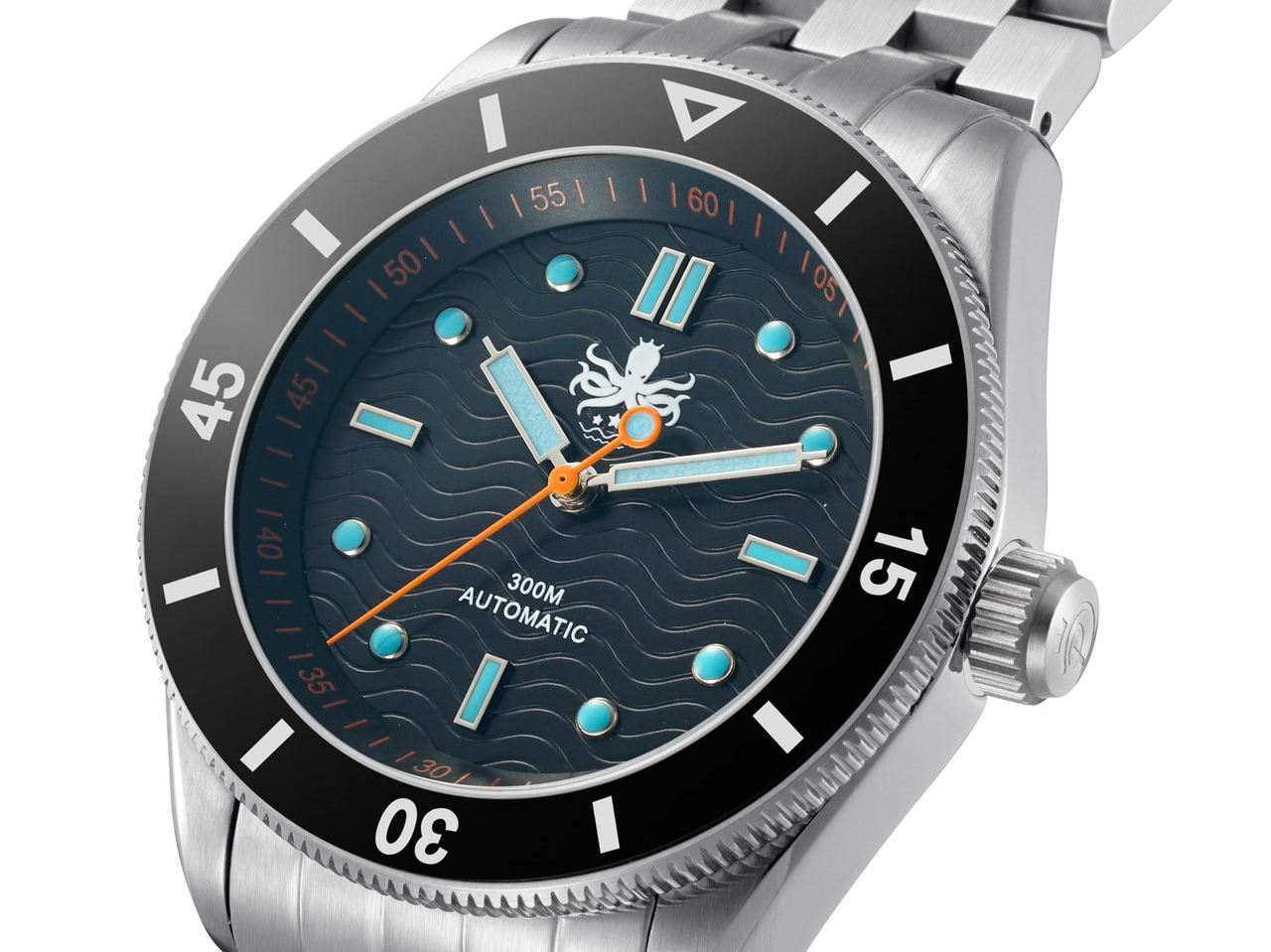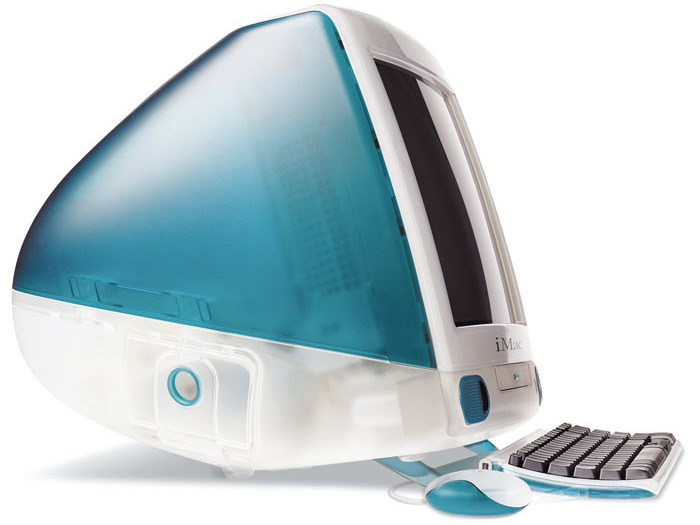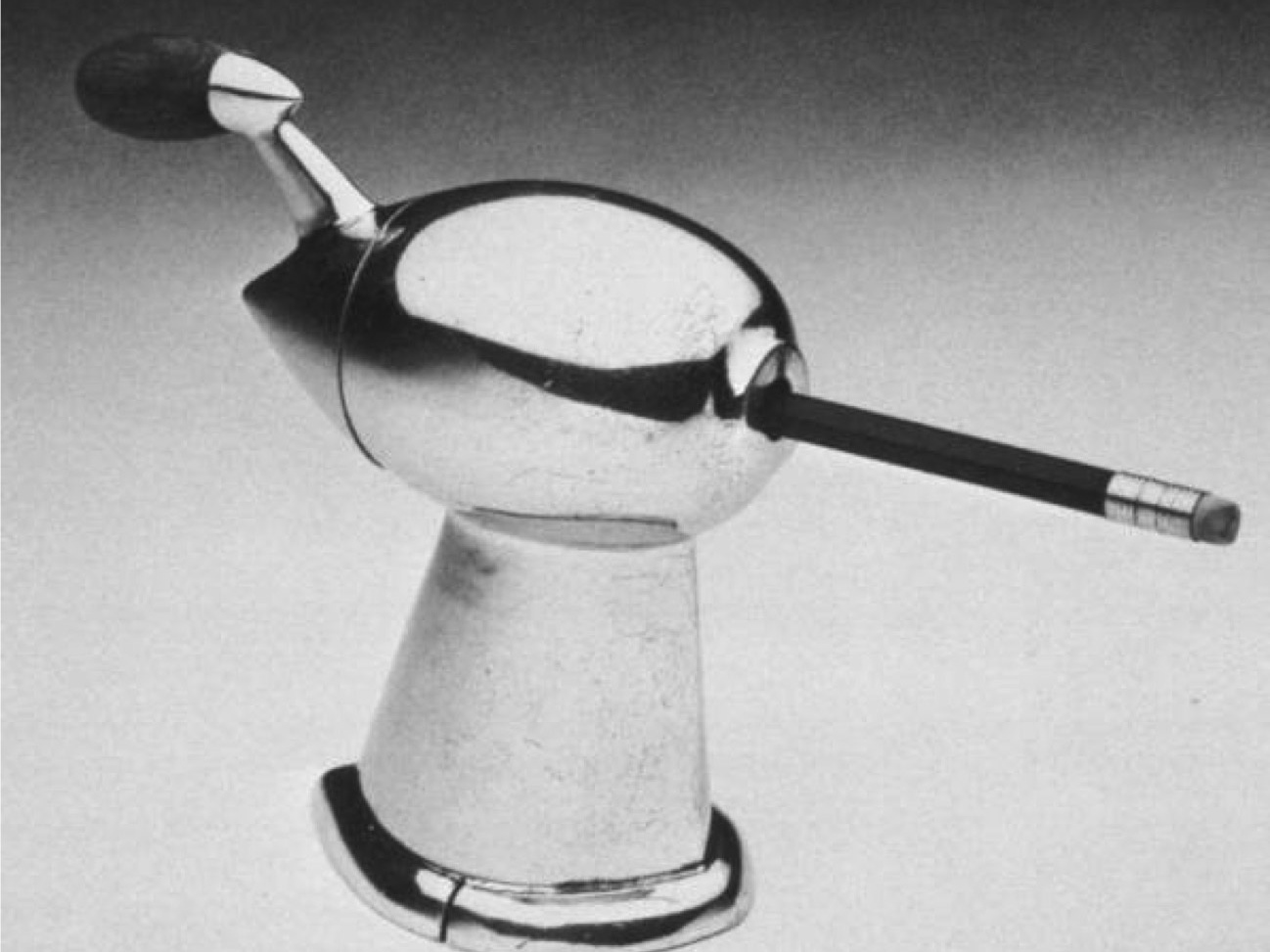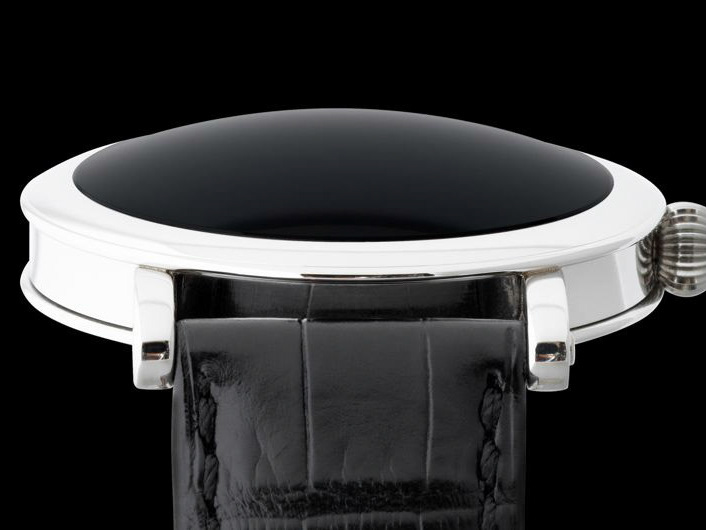Nostalgia is prominent in many aspects of product design today. I'd like to look at what it is, what it isn't, and my personal opinions on its presence in a product.
Context
In everyday usage nostalgia is defined as 'a wistful or excessively sentimental yearning for return to or of some past period or irrecoverable condition' which is actually a really good place to examine how it manifests in products, as well as hints at the potential pitfalls of this presence.
In practice, nostalgia tends to pop up in the form of taking one or more singular features of a historical object which are deemed representative of a time or era and slapped onto a new product. An example of this would be painting a wall to look as though plaster was falling off to expose (non-existent) brick below, as seen below. Often, the 'feature' of the historical object that is applied to the new one is not even an intended design element of the original, but the time-earned effects of aging, such as discoloration, patination, or decay. This is seen below and to the right as the luminous material in the hands and indices of the watch are colored yellow to suggest they are much older than they are (this yellowing is common in older, radioactive decay-based luminous materials, like radium and tritium).


Is and Isn't
In order to critique nostalgia in contemporary products, it is essential to provide context and look at what is NOT nostalgia.
One thing that is not nostalgia, is looking to, or referencing, the past in order to pursue the search for authentic aesthetic form.
At first glance, this seems contradictory to the explanation of what nostalgia IS, however, let's look at two key words in the above sentence: 'search' and 'authentic'.
Nostalgia has no place in the pursuit and search to evolve aesthetic form. Copy-and-pasting individual elements of an older object does not serve to pursue form development. I think this is fairly self-evident.
While the concept of authenticity has been discussed in my post on movements, and in that context, the core translates to other areas fairly well, though going into further detail in the context of product design is helpful. I would say that authentic products use every aspect of themselves to further a cohesive idea or intention. The inherent incompatibility between that goal and copy-and-pasting features from the past is that those features, which may very well have been put in place by authentic means, remain authentic only to the original object, and are impostors in the form of the contemporary object.
Examples of reference to the past in contemporary products that are not nostalgic generally fall into two camps.
First is when a product is meant to be a replica or reissue of a past object. There is very clearly no intent to update the form or search for form development. Additionally, as the object remains unchanged form the time of original intent, each feature and decision is still relevant to the form and production of the object, thus, its authenticity is not suspect and it is not a product of nostalgia. Below, on the left, is an example of a watch that was originally designed and produced in the 1960s, but available, brand new, today, essentially unchanged, with many of the parts made on the same machines as 50 years ago.
Second, is when the past is referenced to further form development (i.e. standing on the shoulders of giants, etc.). This could be looking at the situation that produced an outcome in the past and translating it to react to today's pressures, or perhaps taking a functional element of the past and applying its mechanics to a modern product. This can be seen in the watch below which takes inspiration for showing the date from traditional analogue time presentation. More on this and the concept of 'timeless'-ness can be seen in my post 'Timeless').

Seagull 1963 Reissue

Ochs und Junior Date
Conclusion
My personal opinion on the use/presence of nostalgia in contemporary product design is that I simply don't find it particularly interesting. My goal as a designer is to pursue authentic aesthetic form development. As argued above, that goal in incompatible with nostalgic design.
Beyond my own tendencies for my designs, I struggle to see the line between nostalgic design and deceptive design. The two examples used to show nostalgic design seem to me to be intentionally deceptive. This is not an 'homage' to the past, but blatantly trying to deceive someone into thinking something is what it is not, particularly the watch, as all but the most expert of eyes would not be able to tell whether the yellowing of the luminous material was due to time or chemical make-up. Deception is unethical in most societies, and generally considered immoral to many people, so why would we allow a product to support such ideals but not a person?
I appreciate that someone may enjoy the way an old thing looks, and that they may not want to deal with the maintenance that come with owning older things. I do not have a definitive answer for how to resolve that problem, however, I don't think that deception is the answer.
Further Reading
The Search for Form in Art and Architecture - Eliel Saarinen
The Aesthetic Dimension - Herbert Marcuse

